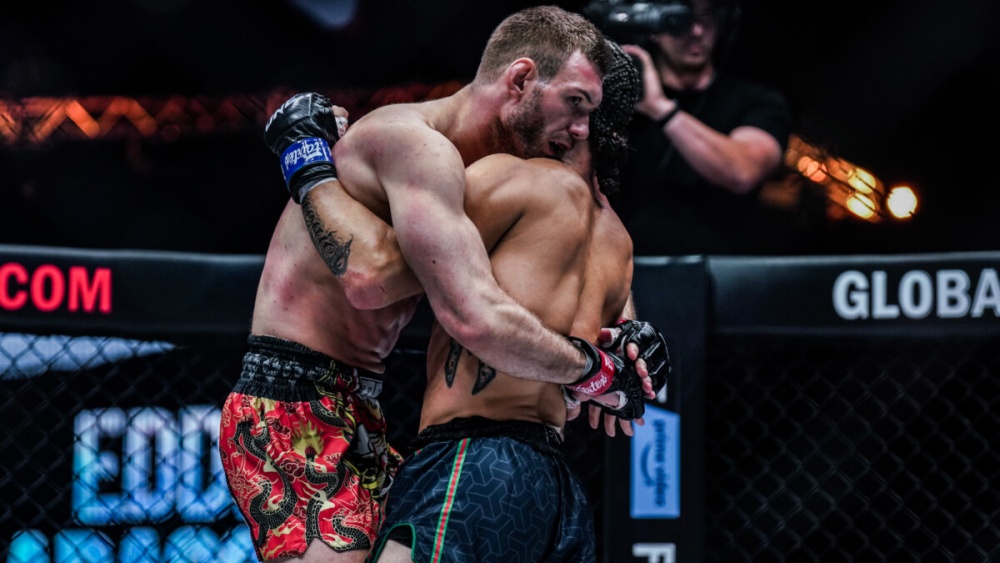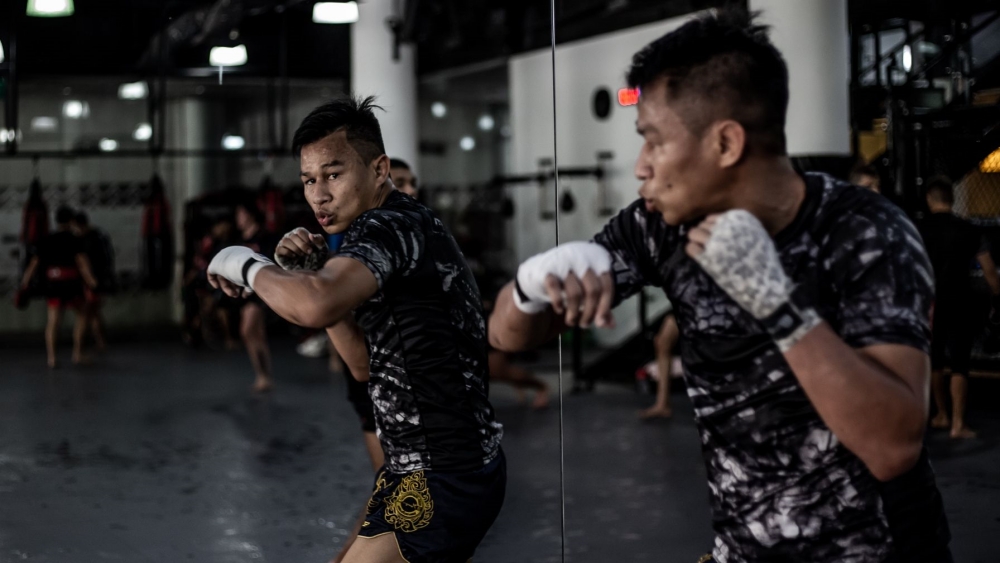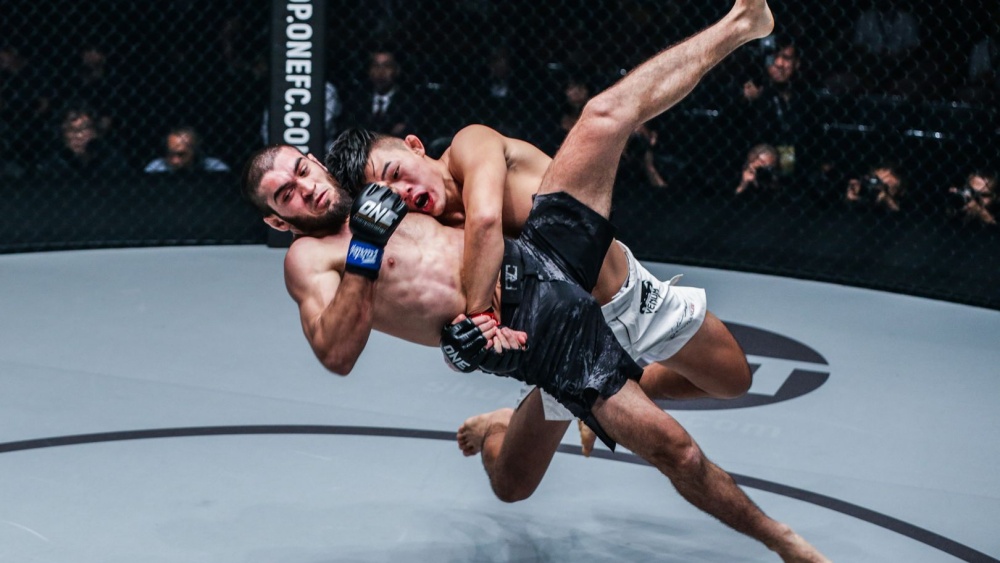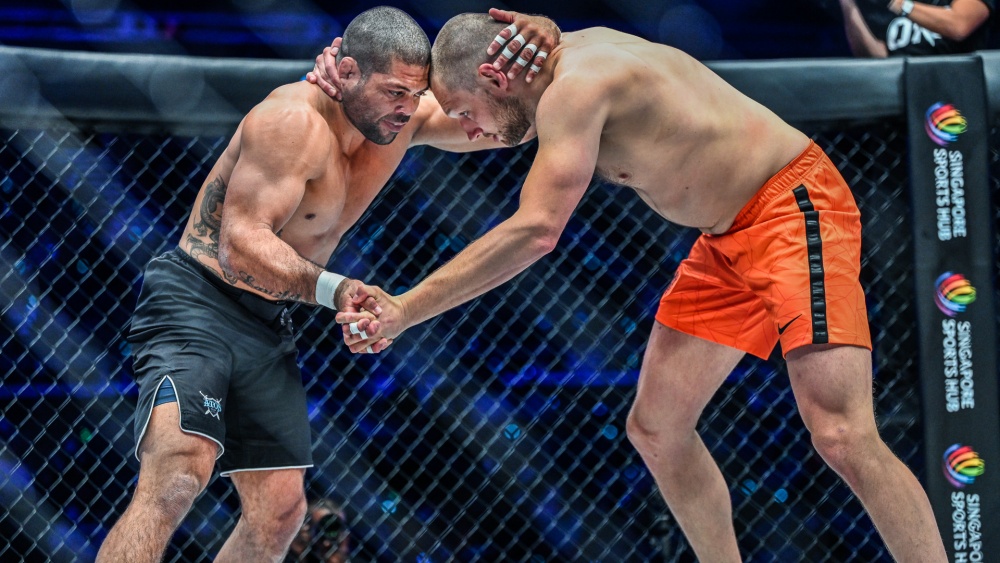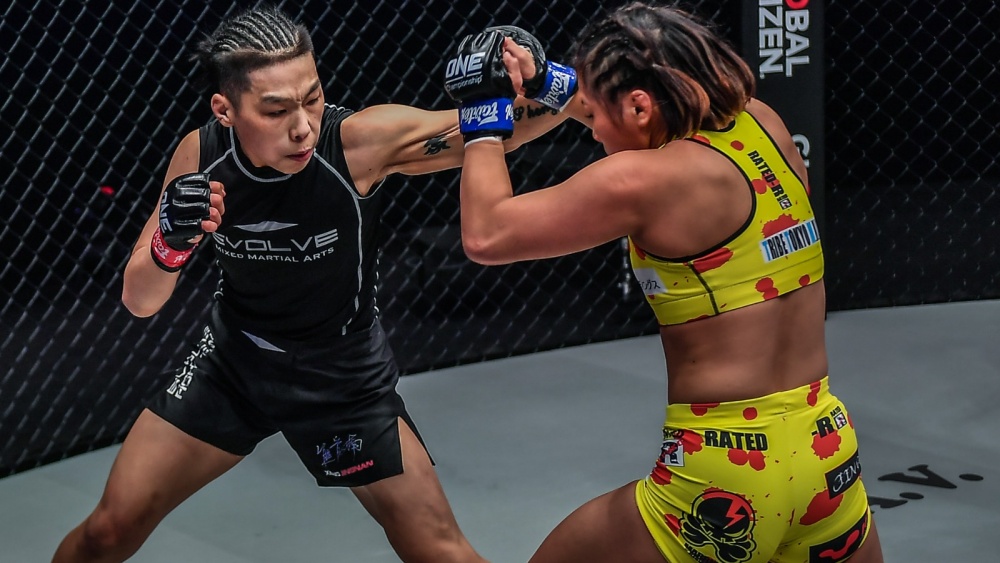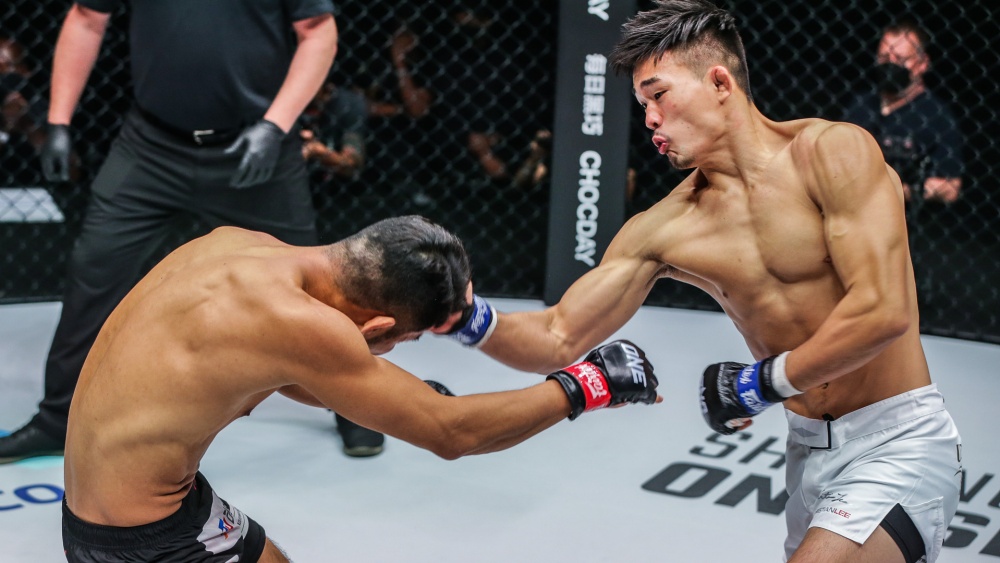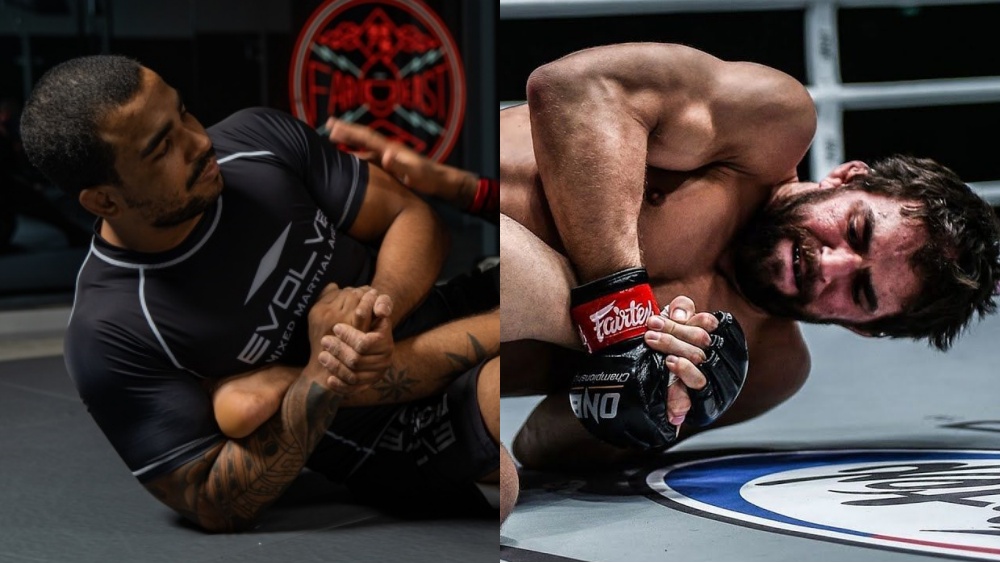You’ve probably heard some fighter’s corner yelling ‘pummel, pummel, pummel’ if you’re a fan of mixed martial arts fights. Pummeling is the motion grapplers make to secure underhooks in clinch positions, and it allows you to gain control of the position and dominate opponents.
Pummeling isn’t only used in the clinch in mixed martial arts, it’s also advantageous in many ground positions. Learning how to pummel isn’t optional if you plan to compete in mixed martial arts, it’s one of the fundamental techniques that separate people who can’t fight from those who can. You find yourself getting dominated in many grappling positions if you don’t make a habit of pummeling for underhooks whenever you find yourself in these scenarios.
Pummeling In MMA Training: A Comprehensive Guide To Mastering The Clinch Game
If you’re looking to elevate your skills in the cage, mastering the art of pummeling is an absolute must.
Pummeling is a grappling technique used in MMA to gain positional control over your opponent, particularly in the clinch. The term “pummeling” refers to the continuous exchange of underhooks between you and your opponent. The primary objectives of pummeling are:
- Control: Pummeling allows you to control your opponent’s upper body, limiting their ability to strike, take you down, or escape.
- Balance And Positioning: Proper pummeling ensures that you maintain a balanced stance while working to establish dominant positions in the clinch.
- Offensive Opportunities: Pummeling sets up opportunities for strikes, takedowns, or positional advancements, making it a versatile tool in MMA.
The Four-Step Pummeling Sequence
Pummeling involves a four-step sequence that you’ll use to gain control in the clinch. Let’s dive into each step:
1) Inside Position
Start in the neutral clinch position, with both you and your training partner standing chest-to-chest. Your goal is to secure the “inside position” by getting your arms under your opponent’s arms, specifically by obtaining double underhooks (both of your arms under your opponent’s arms) and then securing a body lock around their torso.
This position gives you optimal control in clinch standing positions, making it easier to trip or takedown your opponents. Securing double underhooks also makes it easier for you to disengage when you choose to do so.
2) Switch Sides
In the pummeling sequence, you’ll switch sides from the inside position to the outside position. Once you secure underhooks, it’s your training partner’s turn to secure double underhooks on you.
3) Regain Inside Position
Once you’ve switched sides, work to regain the inside position by pummeling your opposite arm back inside. You’ll aim to secure double underhooks on the other side, mirroring your initial position.
4) Repeat
The pummeling sequence is continuous and dynamic. As your opponent attempts to regain inside control, you’ll switch sides and work to maintain dominant positioning in the clinch.
Key Pummeling Techniques
Some of the key things to keep in mind when working on your pummeling technique include:
- Head Position: Maintain proper head positioning by keeping your forehead on your opponent’s chest or face. This helps control their posture and makes it challenging for them to land effective strikes.
- Hand Placement: When securing underhooks, focus on placing your hands deep, gripping your opponent’s back or sides. This ensures a strong connection and control. It would be best if you also looked to lock your arms together once you’ve successfully secured underhooks.
- Hip Movement: Your hip movement is crucial during pummeling. Stay mobile and use your hips to create angles and maintain balance.
- Level Changes: Vary the levels of your pummeling to keep your opponent guessing. Drop your hips lower or raise them higher to disrupt their balance.
- Pressure And Forward Movement: Don’t let your opponent dictate the pace of the clinch. Apply forward pressure, forcing them to react to your movements.
The Offensive Side Of Pummeling
While pummeling is primarily a defensive technique, it can also be used offensively in MMA. Here’s how to use pummeling for offensive advantages:
- Strike Setups: MMA fighters often pummel to set up strikes like knees, elbows, or short punches. You can create openings for effective strikes by controlling your opponent’s upper body.
- Takedown Opportunities: Pummeling is often a precursor to takedowns. Look for openings to execute a takedown as you establish control and disrupt your opponent’s balance by pummeling.
- Positional Advancements: Once you’ve gained the upper hand in the clinch through pummeling, work to improve your position. This could mean transitioning to the back or securing a dominant hold like the Thai plum.
Drills For Pummeling Mastery
Incorporate these drills into your MMA training regimen to truly master pummeling:
- Static Pummeling: Begin by practicing pummeling in a static position. Stand chest-to-chest with a training partner and work on securing double underhooks and switching sides.
- Dynamic Pummeling: Add movement to your pummeling drills. Move around with your partner while continuously pummeling for inside control.
- Pummeling With Resistance: Have your partner resist your pummeling efforts. This will help you develop the strength and technique required to pummel effectively against a resisting opponent.
- Live Sparring: Incorporate pummeling into live sparring sessions. Use your pummeling skills to control your opponent in the clinch and set up offensive opportunities.
Pummeling For MMA Success
In MMA, the ability to control and dominate in the clinch can make all the difference in a fight. Pummeling is a core technique that allows you to achieve just that, and it’s also useful in many ground positions. For example, one of the easiest ways to escape from the bottom side mount position is to pummel for underhooks with the arm farthest away from your opponent and use it to take their back.
Practice the four-step pummeling sequence regularly and you’ll be well on your way to mastering this essential aspect of MMA and other combat sports that allow grappling techniques.
Don’t underestimate the power of pummeling. With dedication, practice, and a commitment to perfecting your technique, you can become a formidable force in the clinch, setting the stage for success in the cage.
You may also like:
